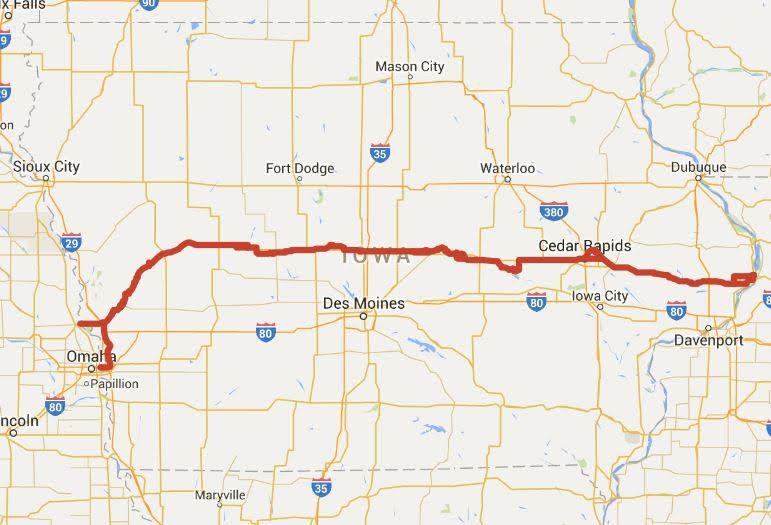Local group completes management plan for entire Lincoln Highway corridor
community.jpg
February 2, 2017
A corridor management plan was recently completed for the Lincoln Highway Heritage Byway with the purpose of bringing more attention and travelers to the towns that the Lincoln Highway touches.
The Lincoln Highway is Iowa’s longest byway, or state-designated scenic or heritage roadway, according to a press release. The highway spans 460 miles through Iowa from Clinton to Council Bluffs, while passing through Story County and Ames. It also served as the first coast-to-coast improved highway in the United States after it’s creation in 1913.
The plan is a long-term outline for the byway and identifies future opportunities to work with communities, highlights local attractions and develops ideas for bringing more travelers to Lincoln Highway towns, according to Jan Gammon, byway coordinator for Ames-based Prairie Rivers of Iowa, the group that completed the plan.
“I think it draws attention back to the Lincoln Highway because a lot of people either forgot about it,or didn’t know about it,” Gammon said.
The Iowa Department of Transportation has a program that regulates byways in the state, which are typically defined as specified routes that don’t include main paths, such as interstates. According to the DOT, the Lincoln Highway Heritage Byway is one of 11 state or nationally recognized byways in Iowa. With being recognized as a byway by the DOT comes the responsibility of coming up with a long-term corridor plan. According to Gammon, this is the first time a plan has been created for the Lincoln Highway in more than 10 years.
“There was one done back in 2005 by Iowa State (University),” Gammon said. “It talked more about the physical aspects of the road, like where it turns and what it went through.”
Gammon said the newly completed 400-page corridor plan is much more comprehensive than the previous version.
The new plan focuses on the “six intrinsic qualities that make up a byway.” Those include archaeological, cultural, historical, natural, recreational and scenic.
Those sites could include things such as local scenic attractions and historical features, as well as popular events.
To get suggestions about what people in each community would like to see along the corridor, Gammon held public input meetings in each county. According to her, many people suggested things like preservation of historic places on the route such as a bridge in Tama and other places where the Lincoln Highway’s original path is still visible.
In the Story County meetings, Gammon said people wanted to preserve areas where the Lincoln Highway and Jefferson Highway meet near Colo, as well as protect the large sycamore tree at the intersection of Lincoln Way and University Boulevard.
Gammon said the next step is to send it to boards of supervisors and various cities in each of the 13 counties to use as a tool for planning in the future.
The full plan is available for viewing on the Prairie Rivers of Iowa at www.prrcd.org.







